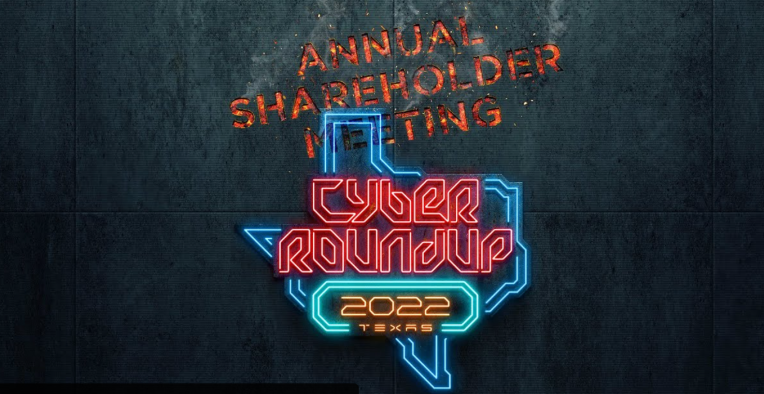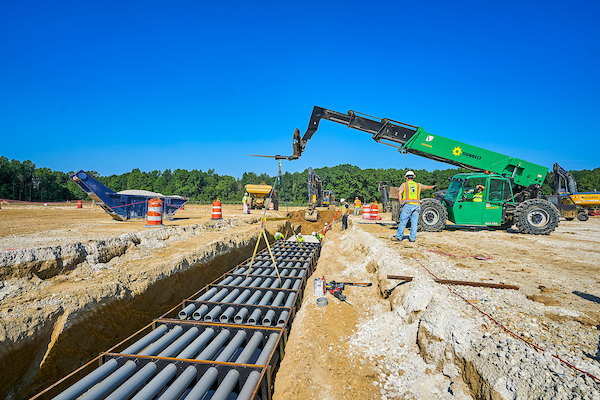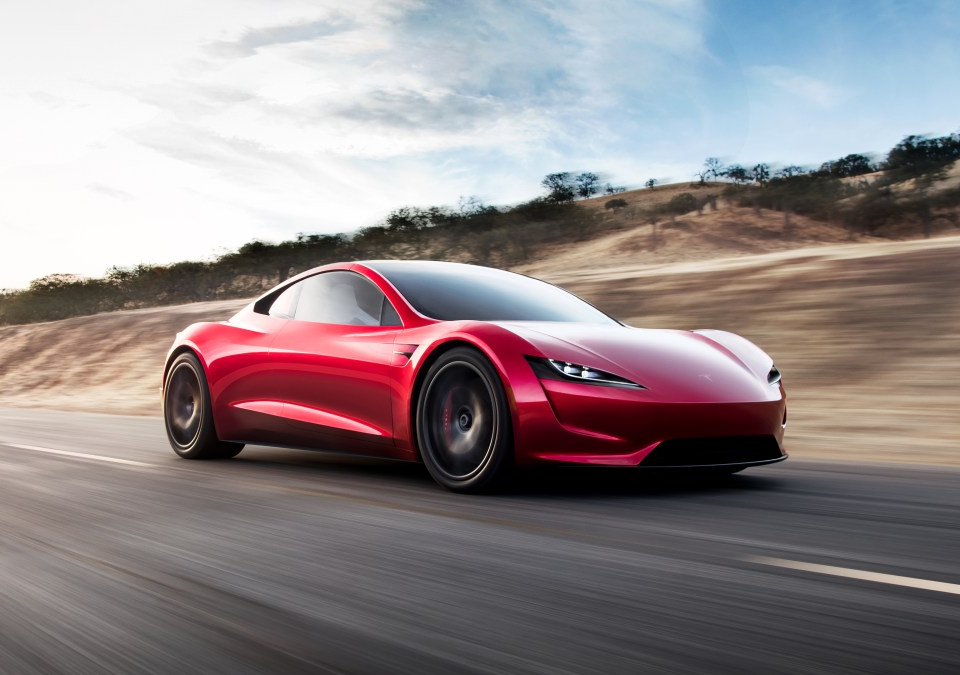
Daily Crunch: Spotify Tickets rollout lets concertgoers buy passes for live gigs
August 13, 2022
The Station: Rounding up the Tesla Cyber Roundup, a Waymo change up and the mysterious disappearance of Bolt Mobility
August 15, 2022
Automakers and suppliers are breaking ground on battery factories across the United States as they race to go all in on EVs by the end of the decade.
Car companies and suppliers such as LG Energy, SK Innovation, Panasonic and Samsung are investing more than $38 billion through 2026 to boost battery production in the U.S., according to AlixPartners. In July, Kansas and North Carolina each announced the largest economic development projects in their histories, and Ford finalized a deal to bring its battery production to Tennessee and Kentucky.
This is just the start of a boom in onshore battery manufacturing: The Inflation Reduction Act, which includes tax credits to encourage domestic production of electric vehicles and batteries, offers manufacturers $30 billion in credits to speed the production of batteries and minerals processing, as well as solar panels and wind turbines, and $10 billion to build plants for EVs and solar panels.
The multiyear projects already announced won’t begin producing batteries for EVs until middecade, but shortening the supply chain will ultimately help manufacturers control costs and reduce dependence on foreign sources for raw materials. Building a domestic battery industry also lets automakers co-locate near partners, a crucial factor as the industry begins experimenting with different battery chemistries.
“This way you’re in that feedback loop that allows you to innovate and reengineer so that you always have a constant advantage and are meeting the market versus dealing with several suppliers in the chain,” said Arun Kumar, managing director of AlixPartners’ automotive and industrial practice.
“Imagine that you’ve got all the engineering, design, marketing and sales figured out, but then you don’t have enough lithium-ion batteries to produce and sell those vehicles,” Kumar added. “If you fall two years behind, you’re as good as lost because then you’re going to struggle with trying to capture the market.”
Here’s a look at some of the major projects underway:



